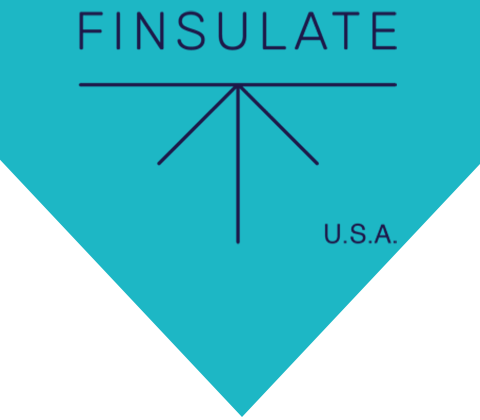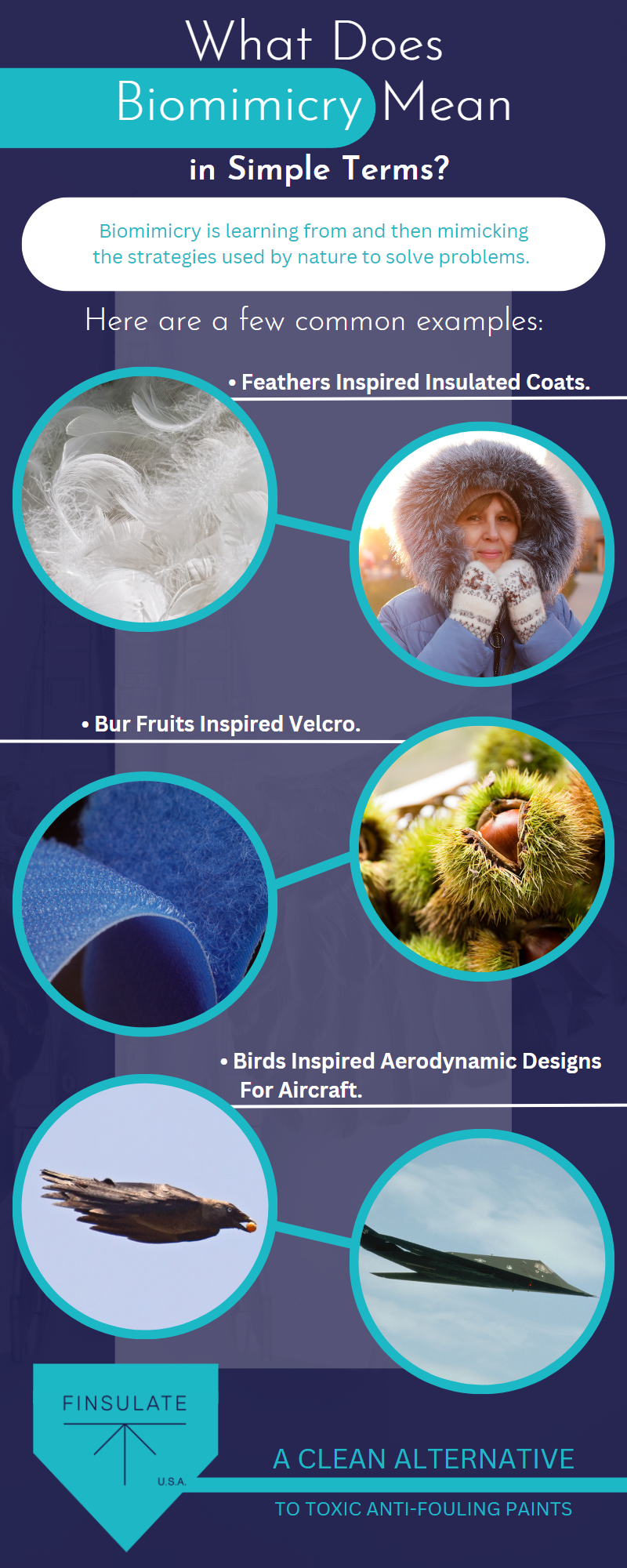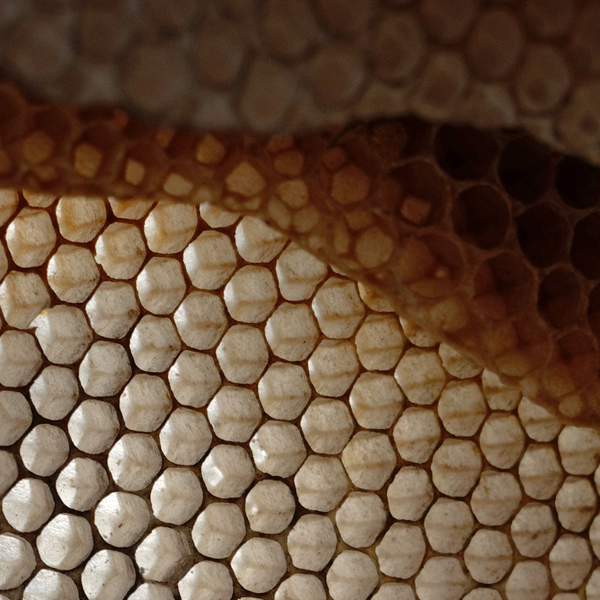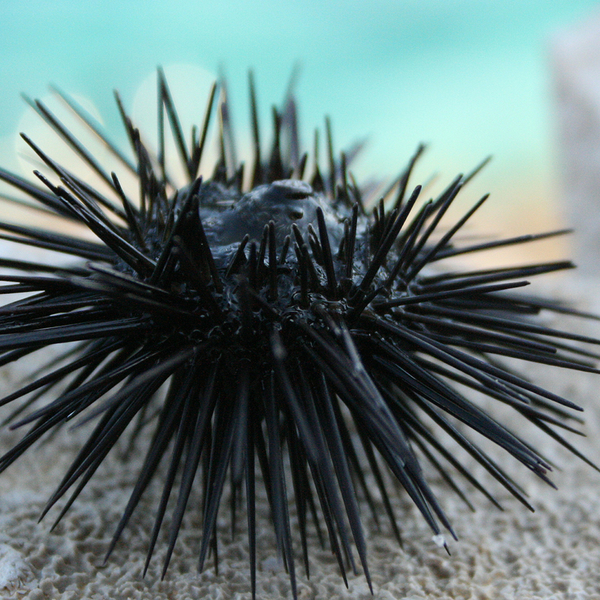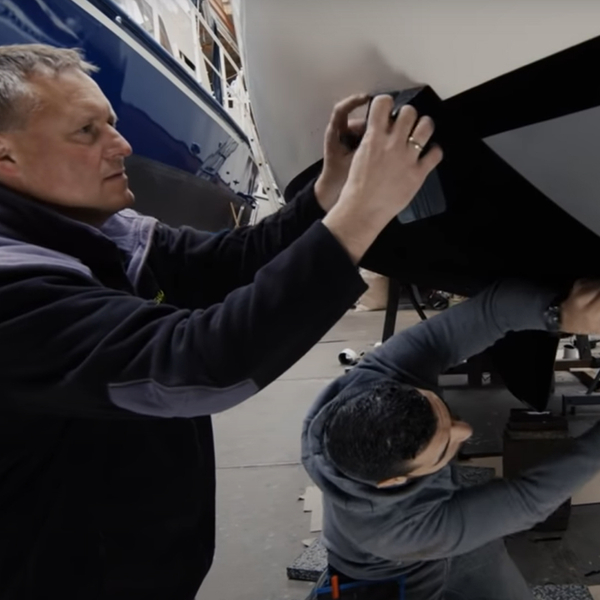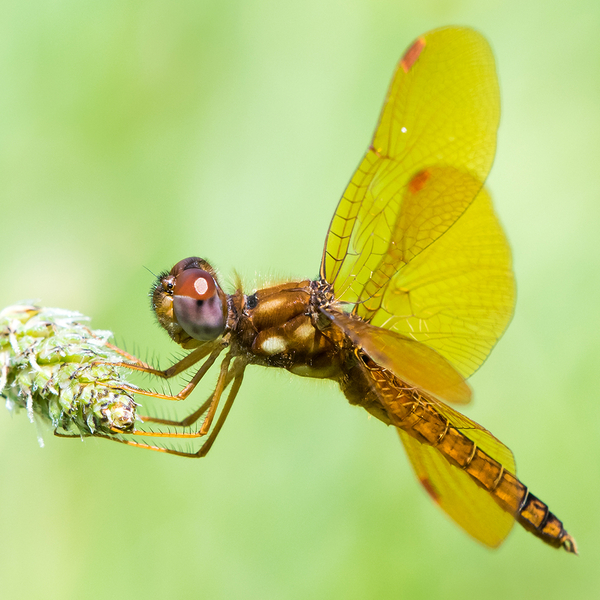There are three main types of biomimicry – form and shape, process, and ecosystem.
The first type of biomimicry is form and shape. This type of biomimicry utilizes the shapes of plants and animals in the development of products. For example, the wings of a dragonfly inspired the design of the wings of the Boeing 777X airplane. The dragonfly’s wings are lightweight and flexible, which makes them ideal for flight. By mimicking the shape and structure of the dragonfly’s wings, Boeing was able to create an airplane with improved flight performance.
The second type of biomimicry is a process. This type of biomimicry mimics the processes of living organisms. For example, photosynthesis is the process by which plants convert sunlight into energy. Scientists have looked to this process for inspiration in the development of solar energy technology.
The third type of biomimicry is an ecosystem. This type of biomimicry takes inspiration from the interactions and relationships that exist between living organisms in nature. For example, cities that are designed with nature in mind have been built in many places around the world. These cities mimic the way that nature works – they are designed to be sustainable and resilient, while also providing habitat for wildlife.
